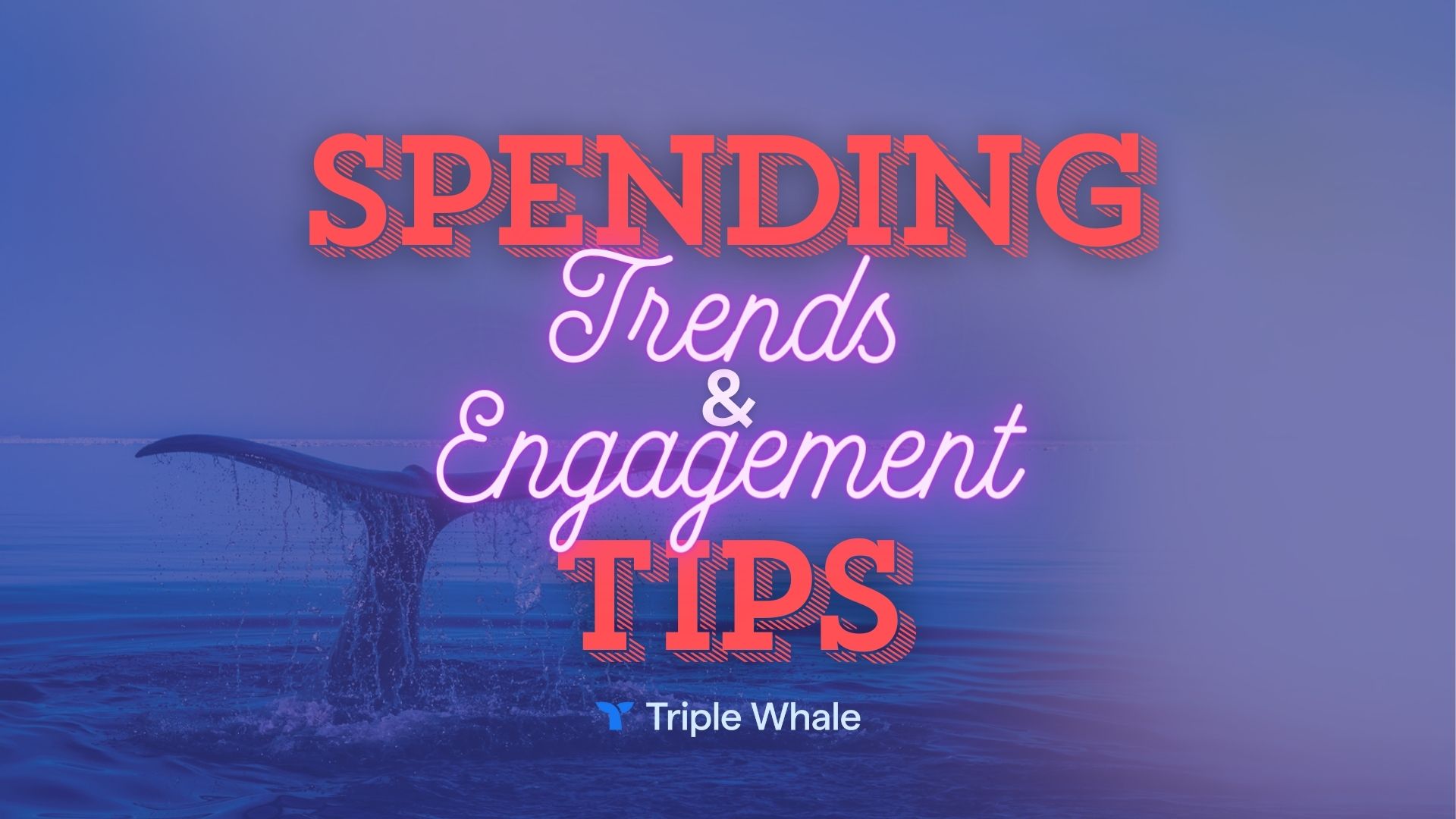
Spending Trends & Engagement Tips for 2024


With record inflation and interest rates still rising, brands need to understand how shoppers and their purchase habits are evolving.
Consumers have higher expectations of the brands they buy from, and many are choosing experiences over items when it comes to purchases. In other words, customers spend more time in the consideration phase before pressing the Buy Now button when money is tight.
8 Reasons Consumers Are Spending Less in 2024
Sources indicate that consumers are spending less in 2024 for a few reasons:
- Economic Uncertainty: In uncertain times, it’s not uncommon for individuals to opt for more conservative approaches to spending. This means less discretionary spending, less shopping, and definitely less impulse shopping.
- High Interest Rates and Debt: According to the New York Fed, personal debt from credit cards, student loans, and mortgages has increased to $17.29 trillion.
- Financial Prioritization: Many millennials are reevaluating their debt holdings and choosing to pay it down.
- Recommerce: Buying pre-owned is often a win-win for many conscious shoppers, since it reduces the environmental impact and is often cheaper than buying new.
- Digital Fatigue: Consumers are seeking out in-person shopping and physical connections that are only possible at brick-and-mortar stores.
- Remote Work: Working from home reduces the need for formal or business attire, which is good news for athleisure sales but not for the brands that relied on offices being full of smartly dressed employees.
- Prioritizing Experiences: Whether it’s traveling to a new country or attending concerts, sporting events, or local events, consumers are choosing the feels over the goods.
- Focus on Health & Wellbeing: Health-conscious consumers are choosing to invest in higher-quality products like fitness equipment, wellness services, and sustainable or organic foods. The consumer mentality shift to emphasize self-care and well-being over the pursuit of possessions is probably good for humans, but makes sales difficult for some DTC brands.
These trends can appear in your ad performance in a number of ways. You might observe higher time to purchase and longer customer journeys, simply because people are spending more time researching instead of making a purchase immediately.
But it’s not all gloom and doom! This is a good time to reevaluate your customer journey and gain a deeper understanding of how your customers are passing through various stages, as well as how you can optimize each step.
Here are some essential ways to improve ads and ensure you’re reaching your customers in 2024.
1. Test & Iterate Creative
Don’t just run an ad and hope for the best. Implement A/B testing, determine which creatives are working, and develop variants to keep customers engaged. Also, look at what actions customers are taking on your website and use that information to improve your user experience to increase conversions.
2. Optimize Landing Pages
If a customer clicks through to your website and discovers a landing page that doesn’t match what they expected to find, you might end up with a low conversion rate. Your page should feature targeted messaging, a clear value proposition, a user-friendly page with minimal friction, and obvious social proof with testimonials and reviews visible.
3. Use Post-Purchase Surveys
Sometimes, surveys can provide better insights than can be gathered through analytics alone, since the customer is telling you which ad or platform they came from. They can also tell you a ton about the effectiveness of different channels or campaigns to help you identify trends and patterns, which can then inform your new customer targeting or retention strategy.
4. Use Your Data
Don’t just collect information, use it. The first-party data you can collect with Pixel combined with zero-party post-purchase survey data can be used to create lookalike audiences or segments based on lost customers, engaged customers, or RFM (recency, frequency, monetary value) audiences.
In short, take what’s working and learn from it. Also, take what’s not working and learn from it.
Triple Whale is the flexible and secure platform that turns your first-party data into actionable insights every department can use — it’s a must for eCommerce brands that want to operate at scale. Click here to add Triple Whale’s Free Version to your Shopify store.



